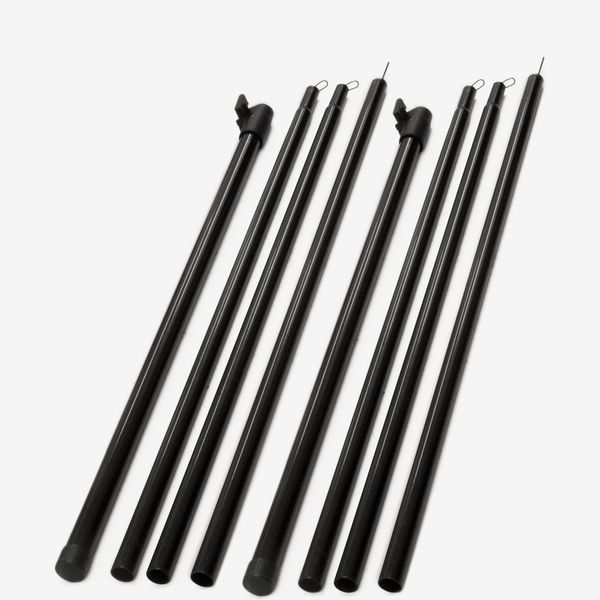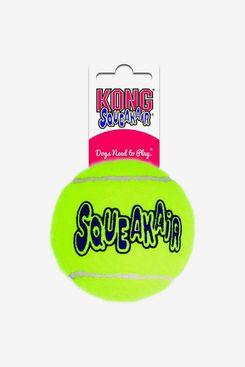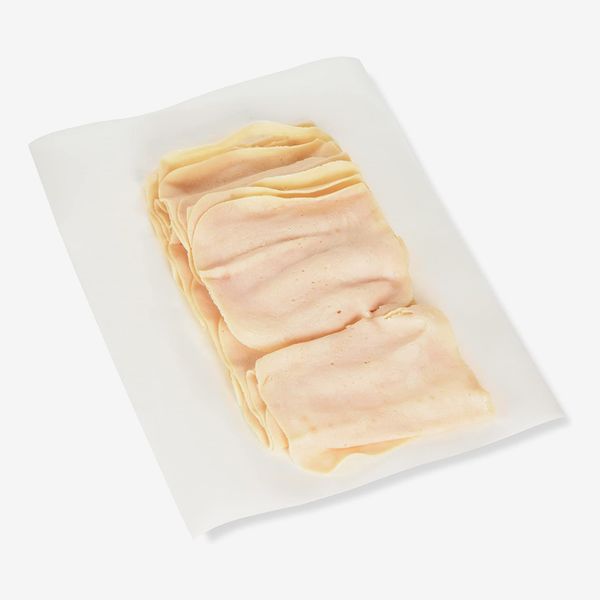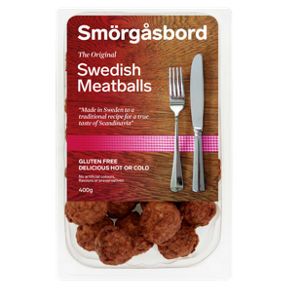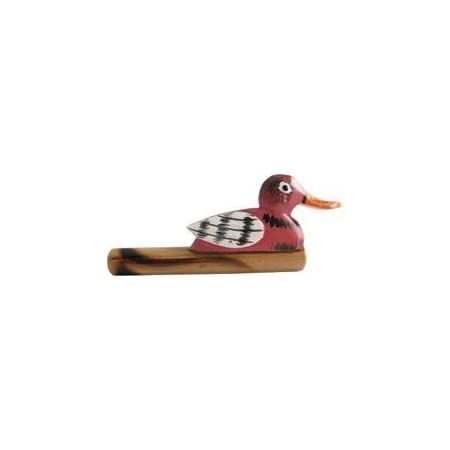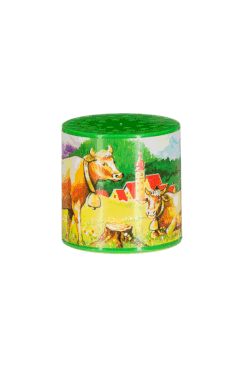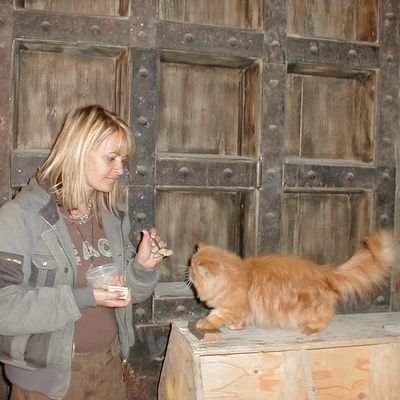
If you find yourself watching a film or TV show and wondering how the animal actors stay put, follow their cues, and generally stay well behaved, it’s likely due to an animal trainer like Julie Tottman. During the course of her 25-year career, she has trained all manner of animals — including Blofeld’s white cat in Spectre, the direwolves on Game of Thrones, and various animals in the upcoming Disney+ film Cruella. We asked Tottman, whose new book, Rescue Me, is out now, about the essential tools she uses, including a laser pointer for difficult cats and an imitation duck squaller to pique the interest of ravens.
New! You can now save this product for later.
Some dogs work great with food, some work better with toys, and some just love getting attention. My job is largely figuring out what method will suit each dog, but I use this on every single job I do. It sounds sophisticated, but this is essentially just a tent pole with a pointy end, which we attach a ball, toy, or piece of meat to. When filming, you have to be behind the camera, but the dog will often need to look in a certain direction. This pole is about six feet long, and that means I can hold it over the actor’s head, or in another direction, and we teach the command “Look” so they learn that they’ll get their reward if they focus on wherever I am aiming the stick. The worst thing, I find, when you’re watching an animal on a film is when they’re just staring at the trainer off-camera. This allows us to guide their eyeline wherever they need to be looking so that it looks natural. And as soon as the director shouts “Cut,” the animal gets their treat.
New! You can now save this product for later.
I just did the new Disney+ film Cruella, which comes out at the end of May. And one of the dogs, a mixed breed called Bobby, would do anything for a ball. He was actually a rescue that we rehomed — a friend of mine works for a company that rescues dogs, and she found Bobby in Cyprus. Bobby really responds well to a ball. Generally, if I need to keep him calm, I’ll use food. But if he needs to do something bonkers, I get a squeaky tennis ball, show it to him, and he’ll do anything for it. He’ll watch this ball no matter where it is — and it really lifts his spirit when I throw the ball at him. Sometimes I’ll put this on the end of the bait stick if it’s a shot that requires a bit of distance.
New! You can now save this product for later.
I trained the Northern Inuit dogs that were the direwolves on Game of Thrones, and they liked minced meat and chicken carcasses. But when we are working on set, we often use cooked meat so that when you hand the dog to the actors, they’re not having to handle raw meat. Chicken and beef was their favourite. I would usually get the bulk of their food from a wholesaler, but I’ll also pick up things as I go when I’m in the shops. Generally, sight hounds and other hounds are hardest to train, because quite often they’ve got their nose down, and their instinct takes over. But working breeds — like your labradors, your collies, your German shepherd — are a lot easier to train.
New! You can now save this product for later.
New! You can now save this product for later.
People think cats are a lot harder to train than dogs, which can be true, but really it’s about getting the right cat. Cats will always look out for themselves, so after two takes they might decide, Do you know what? I’m not going to do this again, whereas if a dog is growing uninterested in a treat, you can switch it up for a toy. I trained several cats on the Harry Potter films, including Hermione’s cat, Crookshanks, and Mrs. Norris, the cat that belonged to Filch the caretaker. And for those cats, a laser pointer really was the perfect tool to keep their attention. We use them to direct the cat to a “mark” — this could be something like a stone or a piece of wood if we’re filming outside, or a tile or other object if we were doing something indoors. The mark should blend into the background but be something you can direct the cat’s attention towards. And the great thing about the laser pointer is that you can use it behind the cameras, and the cat can see it easily, but it won’t disturb the scene or the filming. [Editor’s note: Trottman’s choice is no longer available to buy, but this laser pointer is almost identical.]
New! You can now save this product for later.
I liked working with the ravens on Game of Thrones — they’re very quirky, and they’re always up to mischief. Crows, ravens, and parrots are like the dogs of the bird world. Species like owls are more like cats. What would take a raven two weeks to learn might take an owl two months. Ravens are very smart. If I was at the catering table, they’d often come over and look for me. And you can never have a sandwich on set or they’d swipe it from you. And while squeaky toys can be really useful, a squaller (or bird whistle) has proved really useful when you need to get an animal’s reaction on-camera. I’ve found this effective for capturing a head-tilt moment.
New! You can now save this product for later.
I have a whole array of them. We often will go to a kids’ toy shop and see if they have any fun noise-making toys we can use too. The cow or sheep noise-makers you often see are also very good for this.
The Strategist UK is designed to surface the most useful, expert recommendations for things to buy across the vast e-commerce landscape. Read about who we are and what we do here. Our editors update links when possible, but note that deals can expire and all prices are subject to change.
